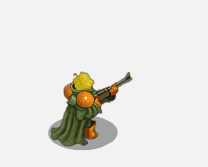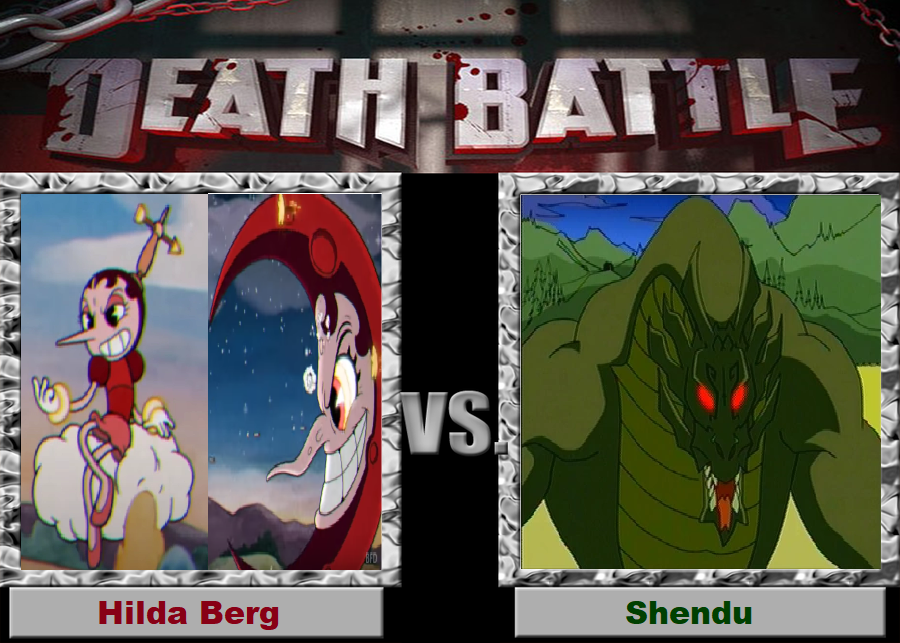

If it says 7 workers that mean all your buildings use up to 7 workers. The first value is the amount of workers that you currently use. If you look at the picture you will see three different numbers. This worker cap increases the higher your level is, so if you don't have enough workers and cannot build new houses, level up and you should get more. Also you can have only a certain amount of workers at the same time, a worker cap. Different houses give you a different amount of workers. You get workers if you build new houses like shelters and camps. Almost every building you have needs a certain amount of workers. Workers are some kind of limited resource that you need for your buildings. I know what you think "Why should I sell my only defense building" but believe me, you don't need this.Ī key factor in Battle Nations are workers. If there still is the wish there that I should add it, then I will explain it too.Īfter you completed the "tutorial" you should first sell the MG Bunker that you have built in the tutorial. “We wouldn’t want to go back to the brutality of those days but there are some things we would do well to profit from.Since building stuff and recruiting units is explained in the tutorial this guide won't cover that. Even the level of training that we do, our elite athletes, doesn’t come close to replicating that. “We are simply not exposed to the same loads or challenges that people were in the ancient past and even in the recent past so our bodies haven’t developed. We have lost 40 percent of the shafts of our long bones because we have much less of a muscular load placed upon them these days. “The human body is very plastic and it responds to stress. “At the start of the industrial revolution there are statistics about how much harder people worked then. There’s been such a stark improvement in times, technique has improved out of sight, times and heights have all improved vastly since then but if you go back further it’s a different story. “We don’t see that because we convert to what things were like about 30 years ago.

“These people were much more robust than we were. “We are so inactive these days and have been since the industrial revolution really kicked into gear,” McAllister replied. McAllister said it was difficult to equate the ancient spear with the modern javelin but added: “Given other evidence of Aboriginal man’s superb athleticism you’d have to wonder whether they couldn’t have taken out every modern javelin event they entered.” “We can assume they are running close to their maximum if they are chasing an animal,” he said. In an interview in the English university town of Cambridge where he was temporarily resident, McAllister said that, with modern training, spiked shoes and rubberised tracks, aboriginal hunters might have reached speeds of 45 kph. Bolt, by comparison, reached a top speed of 42 kph during his then world 100 metres record of 9.69 seconds at last year’s Beijing Olympics.

FLEET-FOOTED ABORIGINALSĪn analysis of the footsteps of one of the men, dubbed T8, shows he reached speeds of 37 kph on a soft, muddy lake edge. His conclusions about the speed of Australian aboriginals 20,000 years ago are based on a set of footprints, preserved in a fossilised claypan lake bed, of six men chasing prey. “No ifs, no buts - the worst man, period.As a class we are in fact the sorriest cohort of masculine Homo sapiens to ever walk the planet.”ĭelving into a wide range of source material McAllister finds evidence he believes proves that modern man is inferior to his predecessors in, among other fields, the basic Olympic athletics disciplines of running and jumping.


 0 kommentar(er)
0 kommentar(er)
